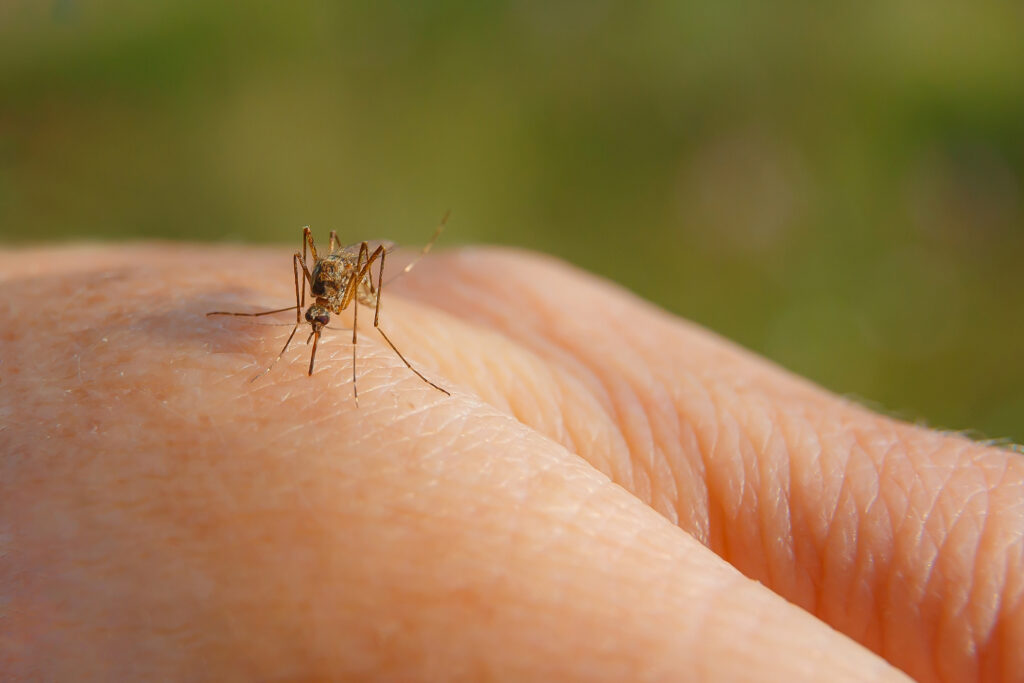Gnats are tiny and persistent pests that can be frustrating for homeowners and gardeners alike. These small, flying insects are attracted to moisture and organic matter, making homes, gardens, and potted plants vulnerable to infestations. Fortunately, there are effective and natural methods available to control and eliminate these bothersome insects.
Understanding the type of gnat infestation is the first step toward eradicating them. Fungus gnats and fruit flies are the most common household gnats, each requiring slightly different approaches for elimination. It is essential to identify the breeding grounds and habits of these pests to effectively target and prevent future infestations.
This article will provide practical tips and home remedies for getting rid of both fungus gnats and fruit flies, ensuring a more comfortable living space and a thriving garden. By utilizing various preventive measures and natural methods, it is possible to keep these pesky insects at bay.
Understanding Gnats
Gnats are small flying insects that can be quite a nuisance in and around homes. In order to effectively get rid of them, it’s essential to understand the types of gnats and their lifecycle and habits.
Identify the Type of Gnat
There are several types of gnats, and each has slightly different habitats and behaviors. The most common include:
- Fungus Gnats: These are small, dark-colored gnats that are usually found near indoor plants. They are attracted to the moisture and decaying organic matter in the soil.
- Fruit Flies: These gnats are attracted to ripening fruit, vegetables, and other organic material. They are commonly found in kitchens and near garbage cans.
- Drain Flies: As their name suggests, drain flies are found near drains and other sources of standing water. They can also be attracted to damp areas in the bathroom.
- Biting Gnats: These gnats may be found outdoors, especially near water sources such as lakes and ponds. They are known for their painful bites.
Identifying the type of gnat infesting your home will help you determine the most effective methods to get rid of them.
Lifecycle and Habits
Understanding the lifecycle and habits of gnats is crucial in order to implement the most effective control measures. Here is a brief overview of their lifecycle:
- Egg: Female gnats lay eggs in damp, moist areas that offer a good supply of food for their larvae. This includes soil, decaying organic matter, and standing water.
- Larvae: The gnat larvae are tiny and worm-like. They feed on decaying organic matter, such as rotting fruit, fungi, or plant material. In the case of biting gnats, the larvae can feed on small insects and even blood.
- Pupa: The larvae mature into pupae, typically staying hidden within the top layers of soil or other moist areas.
- Adult: Adult gnats have a short lifespan, ranging from a few days to a couple of weeks. They are weak fliers and tend to stay close to their breeding grounds.
Gnats are most active during the evening and early morning hours. To effectively control their populations and prevent future infestations, it’s essential to target their breeding sites and eliminate the factors that attract them to your home.
Eradication Strategies
Natural Remedies
Vinegar trap: Fill a jar or container halfway with apple cider vinegar and a few drops of dish soap. The vinegar attracts the gnats, while the soap breaks the surface tension, causing them to drown. Cover the container with plastic wrap and poke small holes for the gnats to enter.
Sticky traps: Place sticky traps near the gnat-infested area to catch them. You can purchase pre-made traps or create your own by coating a yellow card with a sticky substance like honey or petroleum jelly.
Chemical Solutions
Insecticides: Apply an indoor-safe insecticide containing pyrethrin or permethrin to the infested areas. Be sure to carefully follow the product instructions, and keep children and pets away from treated areas.
| Chemical Solution | Application Method | Key Ingredients |
|---|---|---|
| Indoor Insecticide | Spray or Fog | Pyrethrin, Permethrin |
Preventive Measures
- Proper sanitation: Keep your home clean, particularly the kitchen. Dispose of garbage immediately, clean up crumbs, and store food in sealed containers.
- Eliminate moisture: Fix leaky pipes and ensure proper drainage to reduce the environment gnats thrive in. Consider using a dehumidifier to maintain proper humidity levels.
- Houseplant care: Overwatering plants create the perfect breeding ground for fungus gnats. Allow the soil to dry out between waterings and use a well-draining potting mix.

